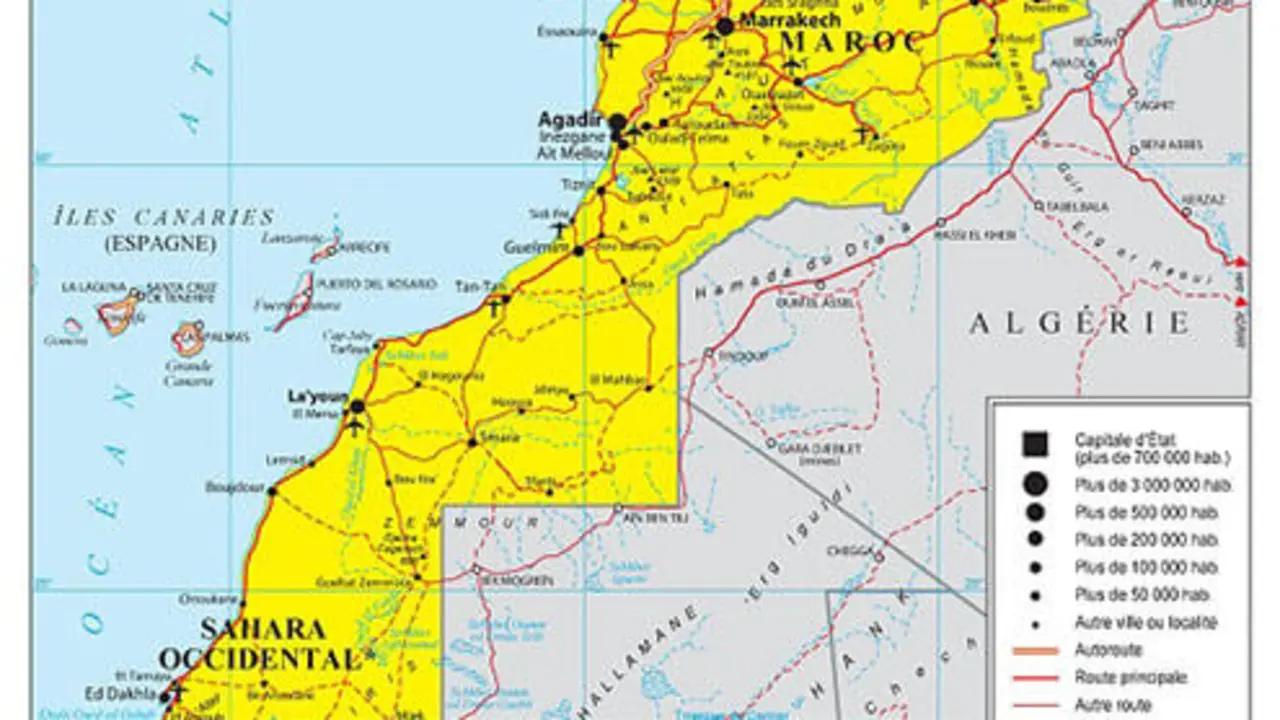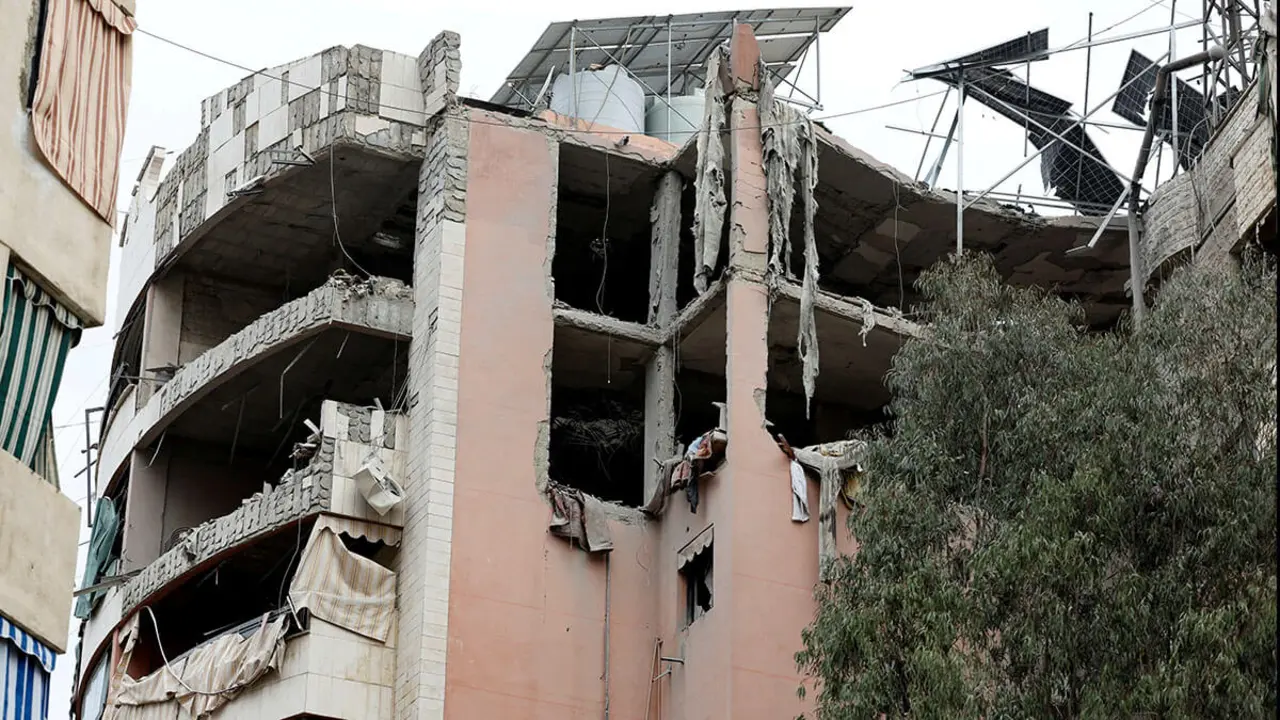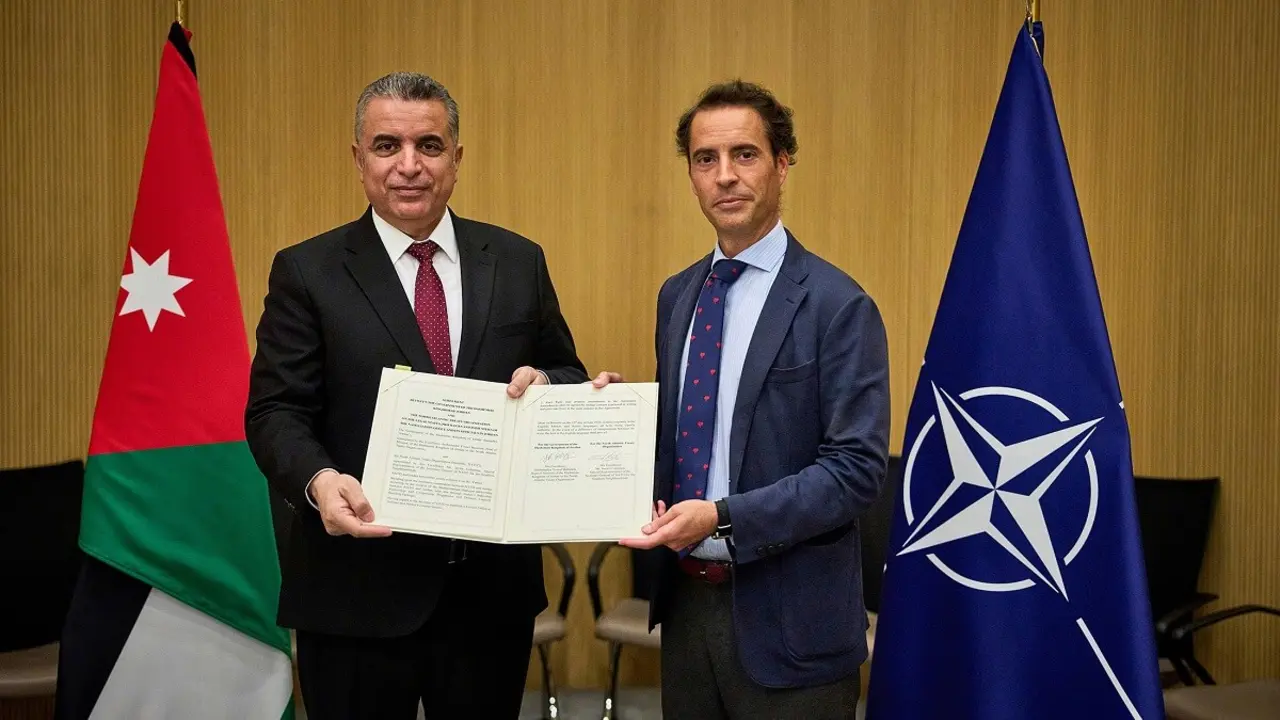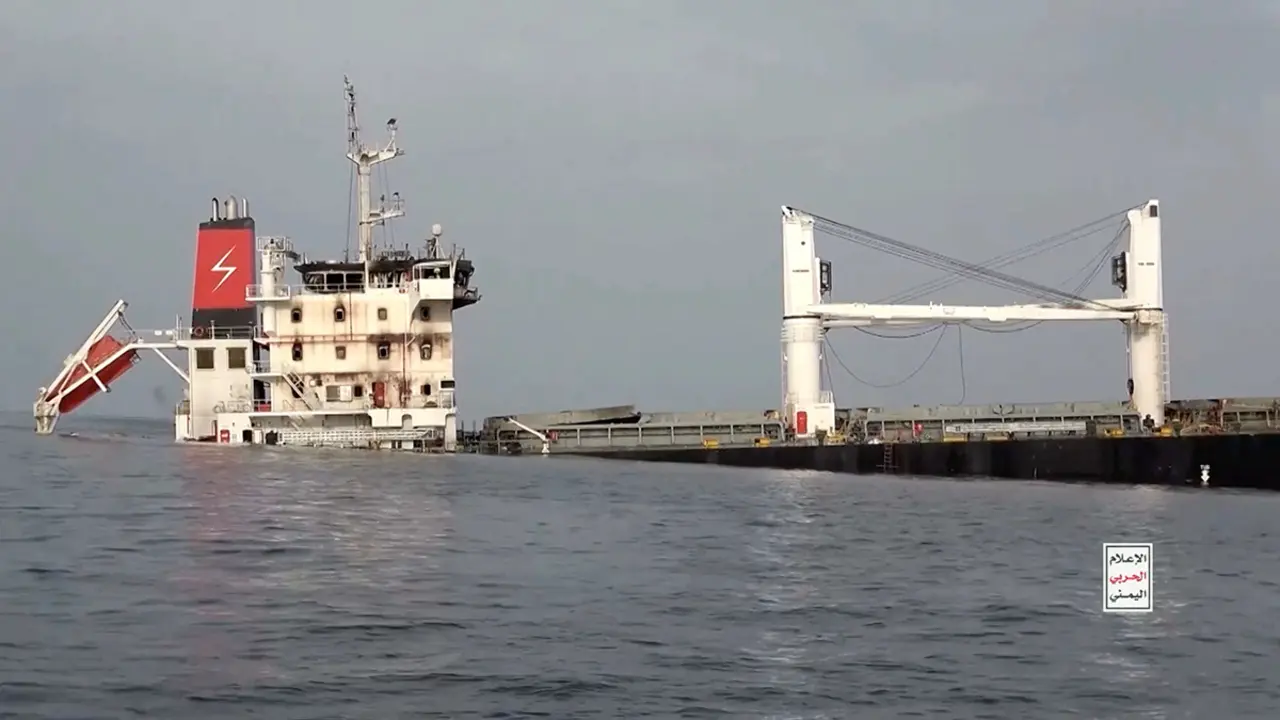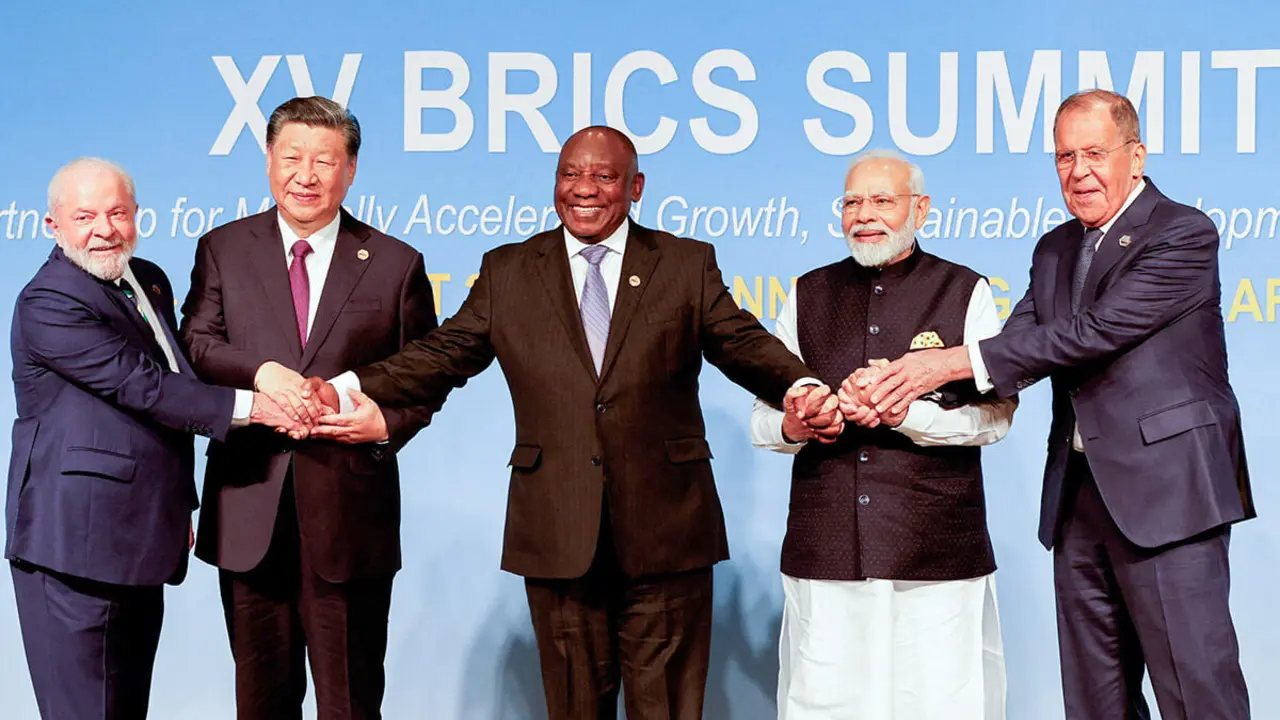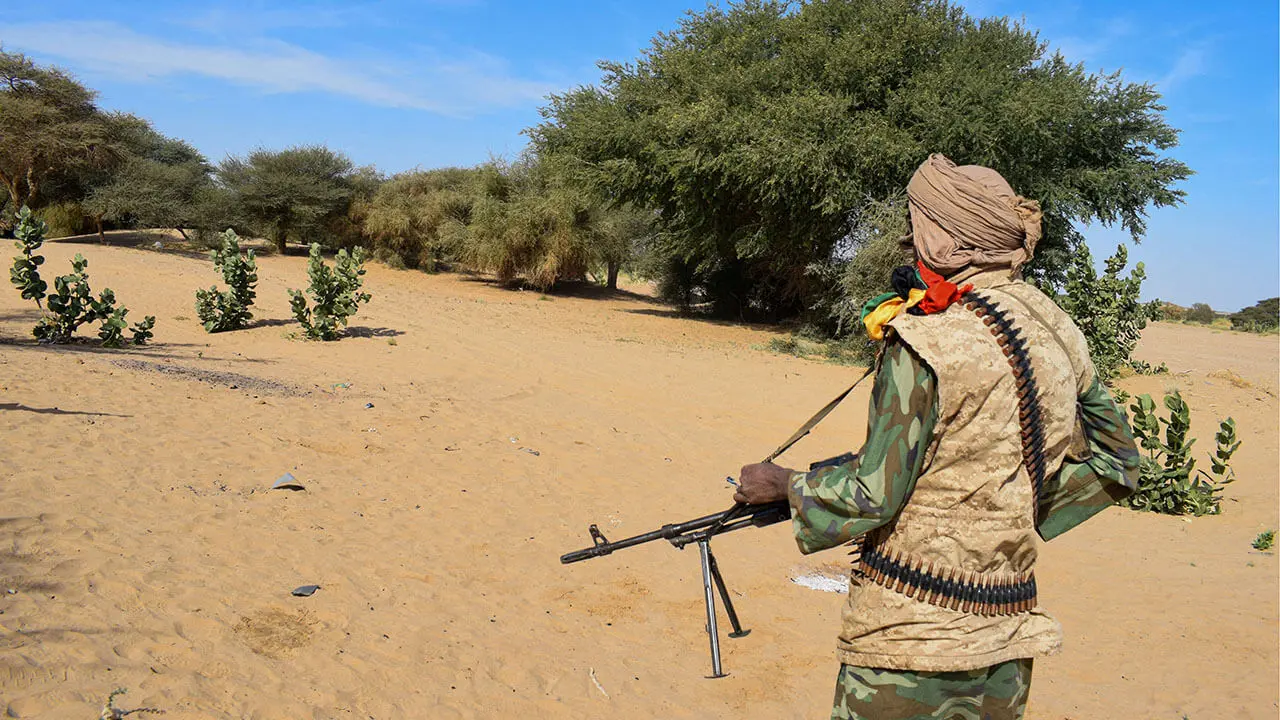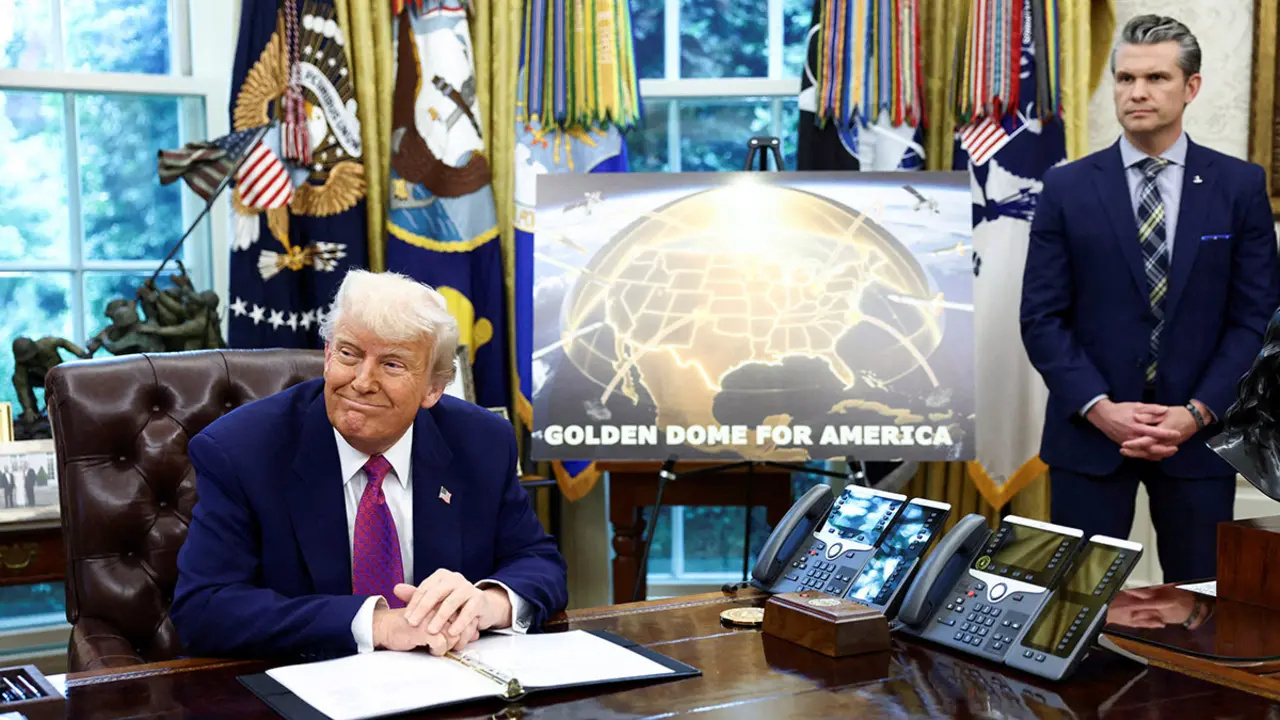Iranian drones in Ukraine

The Ukrainian armed forces confirm the use of Iranian drones by Russian troops. The Ukrainian Ministry of Defence announced the downing of an Iranian-made Shahed-136 unmanned aerial vehicle near the city of Kupiansk during Kiev's counteroffensive in the east of the country.
This information confirms US suspicions. Last July, National Security Advisor Jake Sullivan claimed that Tehran was preparing to deliver drones to Russia "on an accelerated timeline" based on recently disqualified intelligence reports.
Following Ukraine's announcement, the UK military said the use of such Iranian drones suggests there is "a realistic possibility" that Russian troops are attempting to use them for "tactical strikes rather than attacking more strategic targets" inside Ukrainian territory, according to AP.
The news agency also recalls that Iran has several versions of the Shahed. This type of aerial vehicle has been used by Tehran to fly over a US aircraft carrier in the Persian Gulf in 2016, attack Saudi Arabian oil depots in 2020 and an oil tanker off the coast of Oman in 2021. It is also drones of this type - with a range of 2,500 kilometres - that Iran sends to the Houties rebels in Yemen.

The use of Iranian drones by Russian troops confirms the good relations between Tehran and Moscow, ties that have not been affected by the war. Indeed, since the invasion began, the two countries have grown closer.
Western sanctions against Russia have forced the Kremlin to turn to one of its main partners for arms procurement. In this regard, US intelligence has also indicated that Moscow is buying weapons from North Korea, another country with which Russia has recently pledged to 'expand relations'.
The Tehran regime, like Russia, has been subject to Western sanctions, especially since 2018, when former US president Donald Trump decided to leave the nuclear deal. In fact, before the beginning of the invasion of Ukraine, Iran was the most sanctioned nation in the world. After 24 February, Russia unseated the Middle Eastern country with more than 6,000 sanctions. This was followed by Syria, North Korea, Venezuela, Myanmar and Cuba.

These sanctions, as an Iranian official told the state news agency IRNA, "have brought the two sides closer together in trade and economics". Ebrahim Rezaei, a member of the Iranian parliament's National Security and Foreign Policy Committee, explained that Russia and Iran "are providing each other with the products they don't have access to because of the sanctions".
According to Rebekah Koffler, a former DIA (Defense Intelligence Agency) intelligence officer and president of Doctrine & Strategy Consulting - quoted by Fox News - "the deepening relationship between Russia and Iran is, at least in part, an unintended consequence of Washington's use of sanctions policy". For years, Russia has developed trade relations with Asian countries such as China and India. Subsequently, with the invasion and sanctions, Moscow has been forced to boost and strengthen these ties.
???? Russian Foreign Sergei Lavrov and Iranian Foreign Minister Hossein Amir-Abdollahian held talks in Moscow earlier today.
— Dimitri Alexander Simes (@DimitriASimes) August 31, 2022
At their joint press conference, Lavrov said that Russia and Iran were working on “integrating” their national payment systems pic.twitter.com/XQBZty2Xfd
"Russia's relationship with Iran is a marriage of convenience, but a marriage nonetheless with a number of dangerous consequences for the United States and our allies," Victoria Coates, former deputy national security adviser, warned the US media.
President Vladimir Putin sees Tehran as a way to escape Western sanctions. For this reason, Russia's interest in reviving the nuclear deal has also been highlighted, as this would allow Moscow to export its oil. According to a POLITICO report based on statements by Western diplomats, if an agreement is reached, Russia and Iran are expected to initiate a 'swap' process whereby Tehran would buy Russian oil for domestic use while, thanks to the nuclear deal and the lifting of sanctions, exporting its own to other countries.

